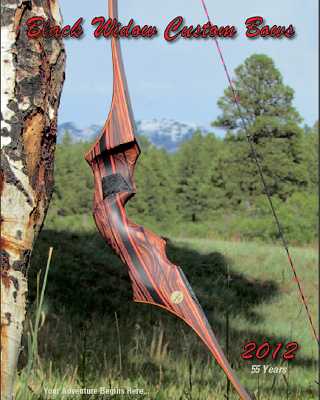No real specific "point" intended.
The bow in the demo is a glass/wood laminate. There was mention made in this thread that limbs can be made quite narrow and remain stable. This bow is a good example of that, in that the limbs are about 1 - 1 1/8" wide, yet it will be stable when braced, even with the significant reflex and the resultant preload, built into the design.
It is interesting that the failure in the glass laminate occurred on the back of the bow and not the belly, when it was catastrophically stressed. I have heard it said that the compression loads are greater in a bow limb than are the tension forces, yet it was the back that failed.
Maybe an engineer in trad gang can offer some insight?











